Not all flowers belong on your plate—some belong in the poison control log. But don’t panic. You can grow showstoppers that are both delicious and drama-free. No misidentifying. No stomachaches. No “was-that-a-daisy-or-a-deadly-nightshade” dilemmas. These edible blooms are beautiful, bold, and unmistakable. They won’t just sit pretty—they’ll spice up your salads, brighten your desserts, and turn every meal into a midsummer masterpiece. Forget the mystery plants and risky foraging. This is flower power you can actually taste—safely, confidently, and with a big grin.
Calendula
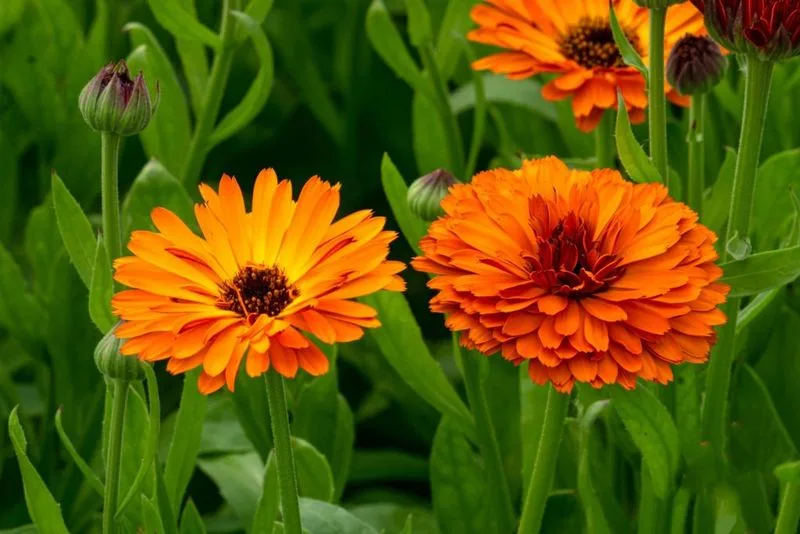
Calendula, often referred to as the pot marigold, is a cheerful, bright flower that brings more than just beauty to the table. Its petals can be used in salads, soups, and even as a natural dye. Known for its slightly peppery and tangy taste, calendula is a versatile addition to any dish.
Did you know that during World War II, calendula petals were used as a substitute for saffron? This resilient flower brightens gardens and plates alike. Easy to grow and harvest, calendula is perfect for both beginner and experienced gardeners.
Borage
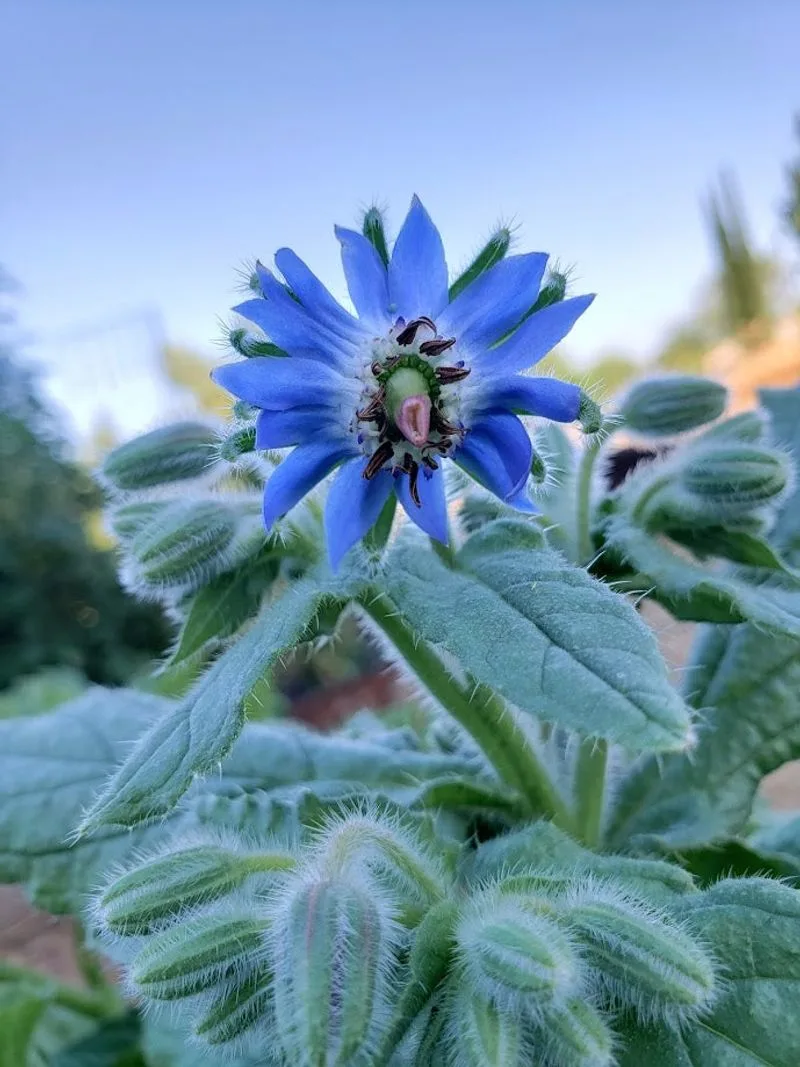
Borage, with its striking blue star-shaped flowers, is not only visually stunning but also incredibly flavorful. Reminiscent of cucumber, its taste is refreshing in salads and beverages. Historically, borage has been associated with courage and bravery.
In medieval times, knights would wear borage flowers to instill courage before battles. This flower thrives in sunny gardens and is beloved by pollinators, making it an eco-friendly choice. Easy to grow from seeds, borage is a delightful and unexpected addition to your culinary adventures.
Nasturtium
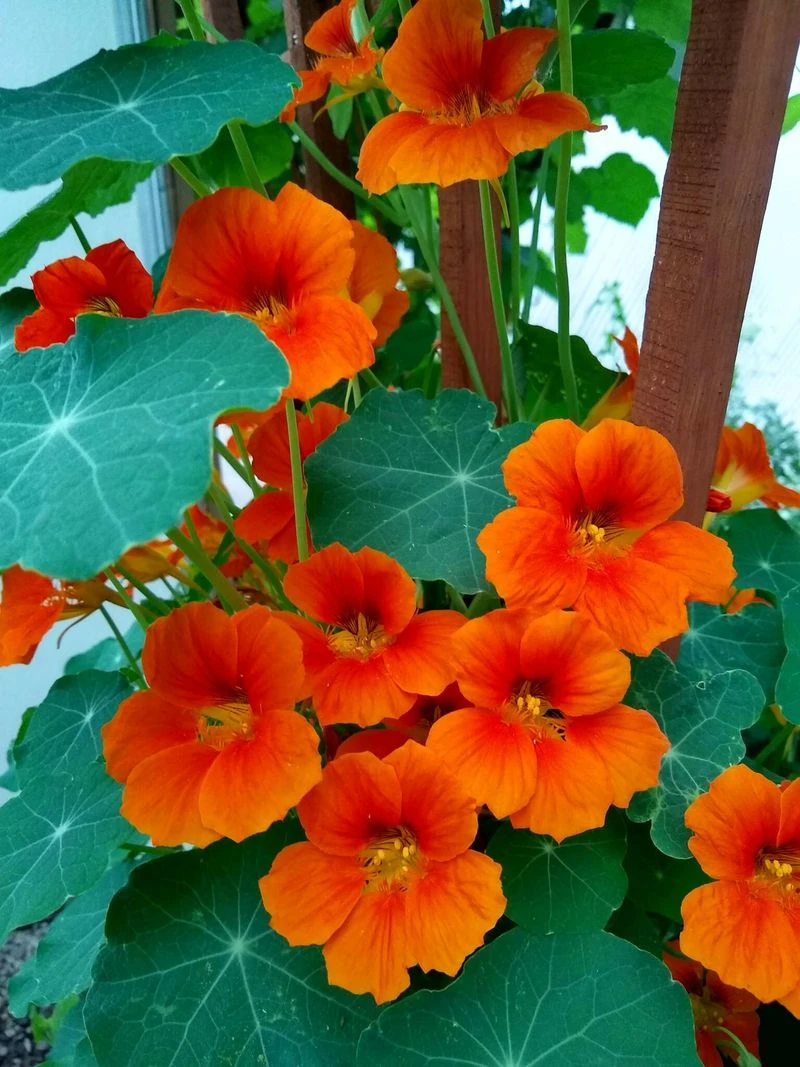
Nasturtiums are a feast for the eyes and the palate with their vivid colors and peppery taste. Their leaves and flowers are edible, offering a zesty punch to salads and garnishes.
These flowers thrive in poor soil, making them easy to cultivate without fuss. Historically, nasturtiums were used as an herbal remedy for respiratory issues. Their distinct, spicy flavor can easily replace capers when pickled.
With their rich history and easygoing nature, nasturtiums are a gardener’s delight and a cook’s secret weapon.
Violet
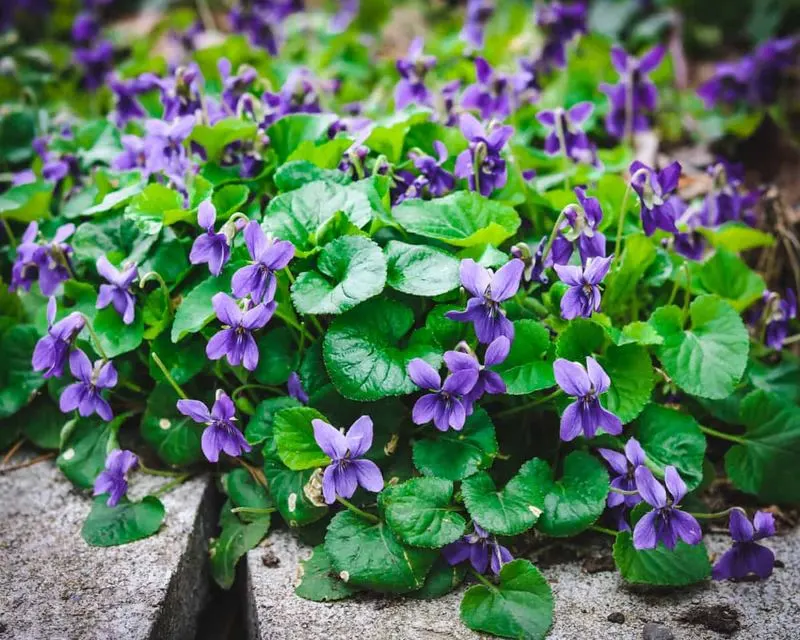
Violets, with their delicate purple blooms, are as enchanting as they are edible. Known for their sweet fragrance, these flowers have been used in perfumes and culinary dishes for centuries.
Violets can be crystallized for cake decorations or infused in syrups for a floral touch. In Roman times, they symbolized modesty and were often given as gifts. Easily found in wooded areas, violets bring a touch of whimsy and history to any meal. Their gentle sweetness is perfect for desserts and teas.
Daylily
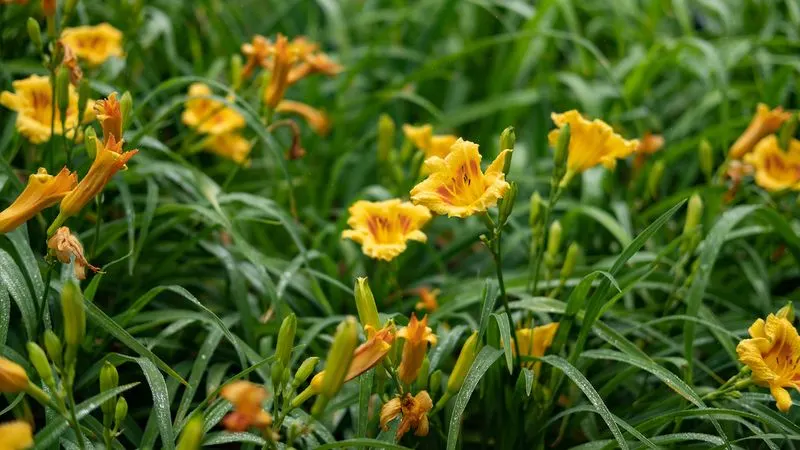
Daylilies are not just a gardener’s favorite for their vibrant blooms, but also a culinary gem. Each flower lasts for only a day, adding a sense of ephemerality to their beauty. With a taste akin to asparagus or zucchini, daylilies can be sautéed or added to stir-fries.
In traditional Chinese medicine, daylilies are used for their healing properties. These flowers are easy to recognize, making them a safe choice for foraging. Their brief but brilliant appearance is a highlight in both gardens and kitchens alike.
Hibiscus

Hibiscus, known for its large, flamboyant flowers, offers a tart flavor reminiscent of cranberries. Often used in teas and jams, hibiscus adds a vibrant hue and refreshing taste.
In ancient Egypt, hibiscus tea was a favored drink of the pharaohs. The flower is a symbol of beauty and femininity in many cultures. Thriving in warm climates, hibiscus is a striking addition to any garden. Its bold presence and tangy flavor make it a standout ingredient in beverages and desserts.
Chamomile
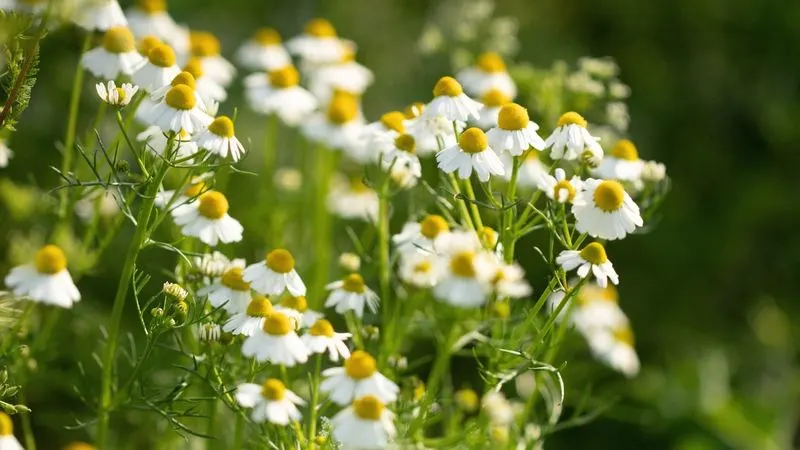
Chamomile, with its small, daisy-like flowers, is renowned for its calming properties. Often brewed into a soothing tea, chamomile is perfect for unwinding after a long day.
Historically, it has been used in herbal medicine for its anti-inflammatory effects. In ancient times, chamomile was revered by the Egyptians for its healing powers. These flowers are easy to grow and harvest, thriving in sunny meadows. Chamomile’s gentle, apple-like flavor and calming aroma make it a cherished favorite for teas and infusions.
Bee Balm
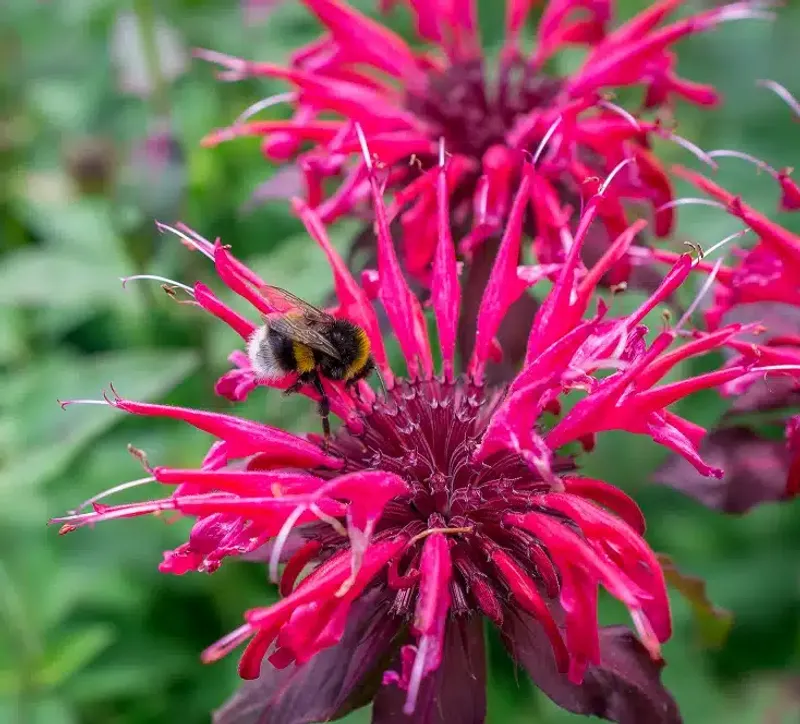
Bee Balm, also known as Monarda, is a striking flower with fiery red, tubular blooms that attract hummingbirds and bees. Its unique appearance, reminiscent of a wild garden, makes it a safe choice for foragers, free from toxic look-alikes.
The petals add a citrusy, minty flavor to teas and salads, offering a refreshing taste.
Historically, Native Americans utilized it for medicinal purposes, and its popularity continues today. Bee Balm thrives in sunny meadows, adding a splash of color to any landscape.
Curious foragers will find it both beautiful and versatile.
Pineapple Sage

Pineapple Sage, with its enchanting scarlet flowers, offers a sweet pineapple aroma that captivates the senses. Its vivid blooms stand out, making it easy to identify and avoid any toxic counterparts.
This herb is a delightful addition to fruit salads and herbal teas, infusing dishes with tropical zest.
Originating from Mexico, Pineapple Sage was traditionally used for culinary and medicinal purposes. Its presence in gardens attracts beneficial pollinators, adding vibrancy to outdoor spaces.
The flower’s distinct fragrance and color ensure a worry-free harvesting adventure.
Squash Blossoms
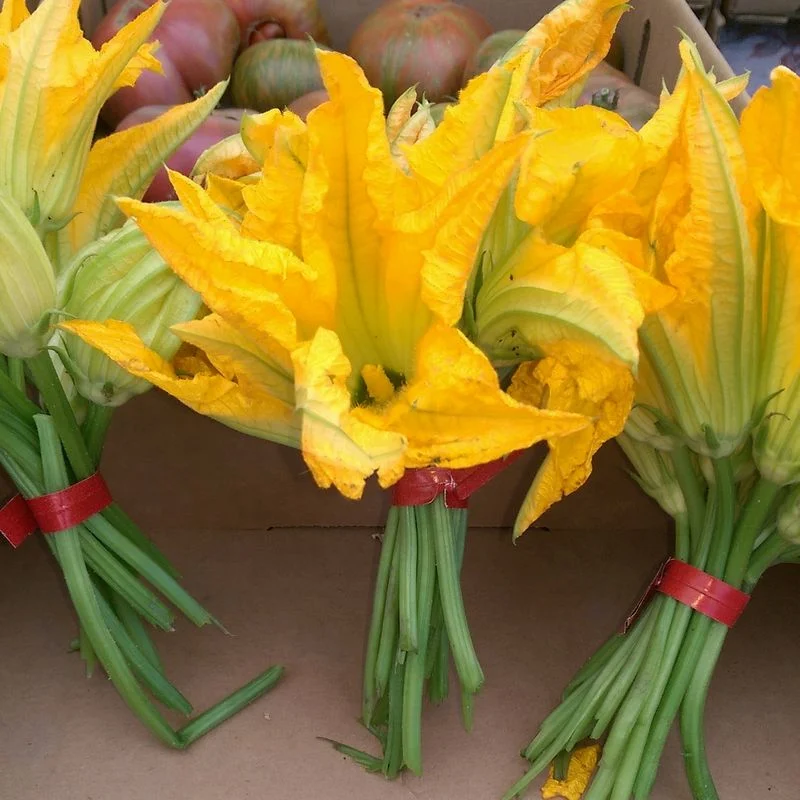
Squash Blossoms, with their cheerful yellow hues, are a gardener’s delight, known for both beauty and flavor. Their unmistakable appearance makes them easily recognizable, eliminating confusion with harmful plants.
These blossoms are often stuffed or fried, offering a delicate, earthy taste.
Cultivated for centuries, they are a staple in Italian and Mexican cuisines. The blossoms are an excellent way to enjoy the harvest without fear, enhancing meals with colorful elegance.
Their culinary versatility and visual appeal make them a sought-after choice for chefs and home cooks alike.
Wood Sorrel
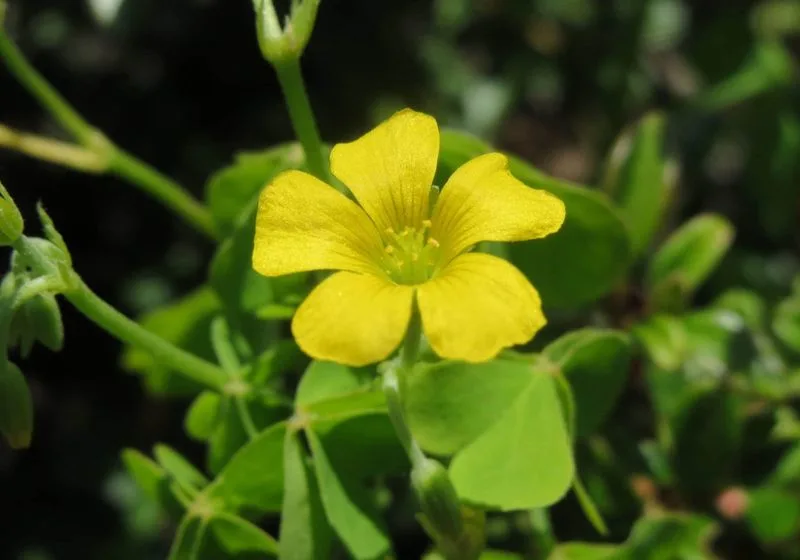
Wood Sorrel, distinguished by its heart-shaped leaves and petite yellow flowers, brings a gentle tartness to dishes. Its charming appearance makes it stand out in woodlands and gardens, avoiding any poisonous confusion.
This plant provides a lemony zest to salads and sauces, delivering a flavor punch.
Historically, wood sorrel was used by various cultures for its nutritional benefits. Its ease of identification and unique taste ensure that it remains a favorite among foragers.
With its simple beauty, Wood Sorrel is a delightful culinary companion.

